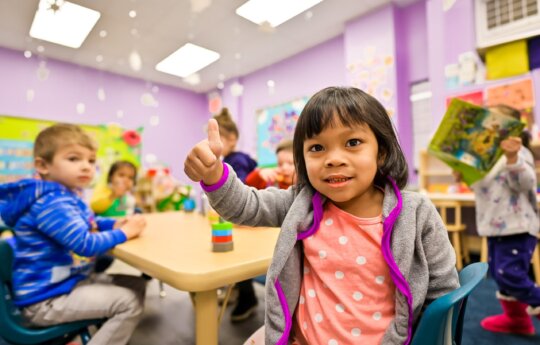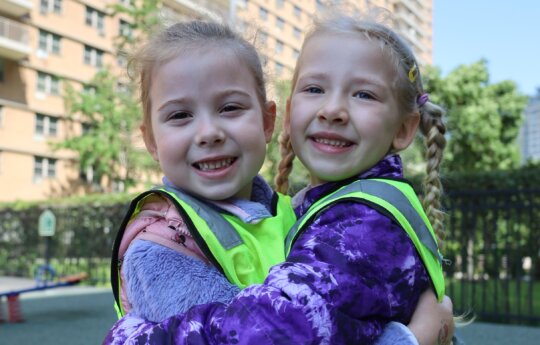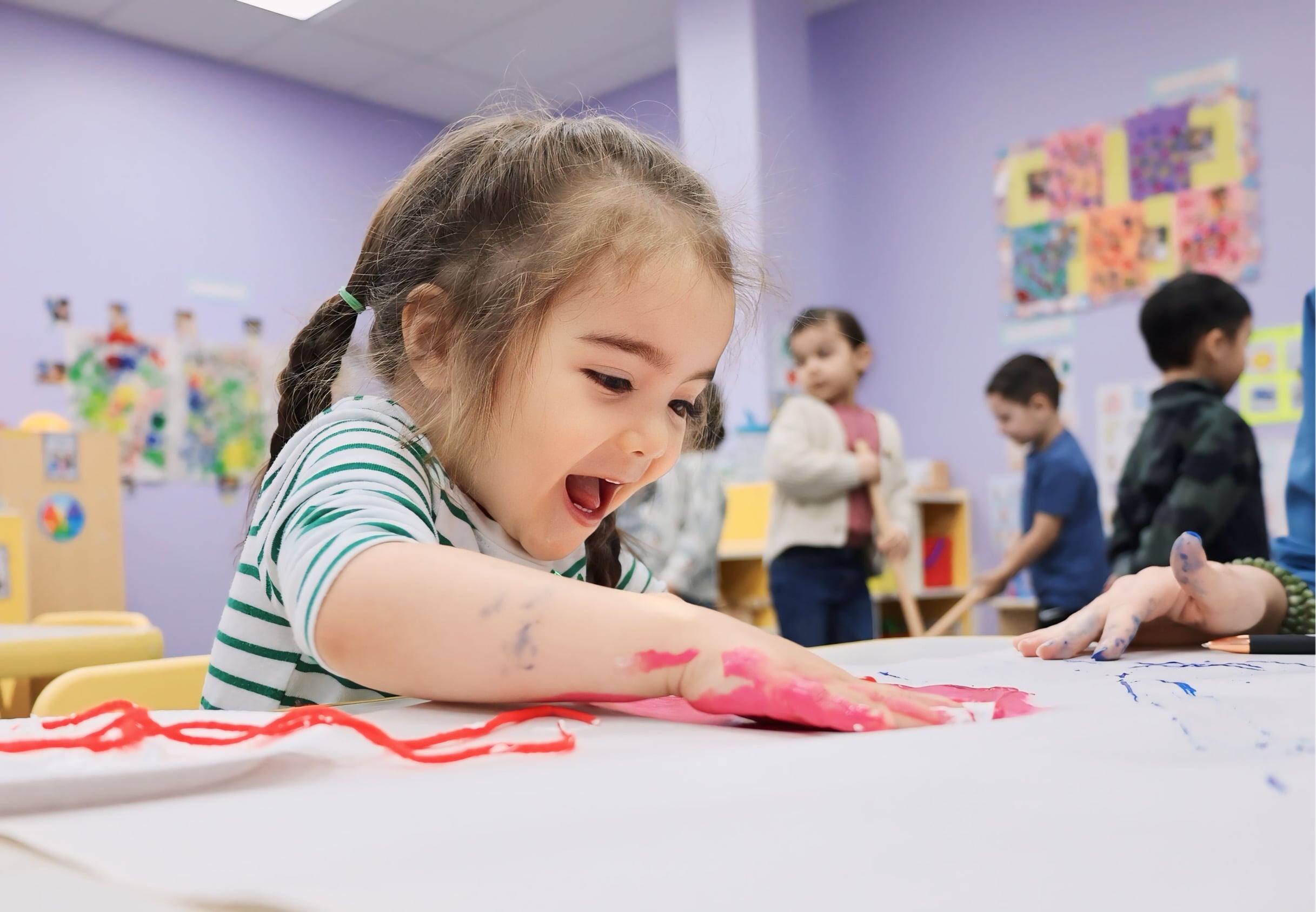
Understanding the emotional world of toddlers is one of the most challenging but also one of the most important parts of being a parent or a caregiver. The toddler years are marked with numerous emotional developments as babies start feeling various ranges of emotions. The spectrum of what these feelings include is now wider and can be categorized as joy, anger, excitement, and so on. Proper reaction to these emotions helps solve issues like tantrums and fears and ensures they develop vital emotional health and social skills to last a lifetime.
By reacting appropriately to fear, anger, happiness, disappointment, surprise, shame, and other feelings, a parent or a guardian greatly helps the toddler to deal with them and not be governed by them. Being a responsible adult means caring for children and teaching them how to navigate the often complex world of emotions. This article intends to add to the collective knowledge on the subject with guides and strategies to understand toddlers’ emotions and cultivate a suitable environment.
The Emotional Spectrum from Infancy to Toddler Years
The main changes occurring in the ways how emotions are expressed from infancy to the toddler period include the following:
- Emotional range: during infancy, babies tend to possess basic emotions such as contentment or distress. When becoming toddlers, the kids’ range of feelings will be enriched with a great number of emotions, including such complicated feelings as jealousy and guilt, as well as empathy.
- Self-awareness and individuality: toddlers start to develop an understanding of who they are, which explains their emotional expression. Moreover, they develop a kind of autonomy due to the maturation of their personalities. Being independent individuals will contribute to their emotional expression as they can get upset if the thing they like is not given to them.
- Language acquisition: all the emotions of the infants were expressed either through crying or physical reactions to something. During the toddler period, the child begins to employ words to show their feelings, which can change many things in how the emotions are expressed. The child will be able to explain more precisely what has scared them or made them happy. Besides, the parents and other caregivers will better understand what is wrong with the kid and act consequently in order to cheer them up or comfort them.
- Social intelligence: Infants lack the understanding of how society and the people around them function. Toddlers become very socially aware, and they soon learn what to say and do in a particular environment. They start to realize who of those who surround them are their friends and who are not, and accordingly, they choose people whose emotions they would like to react to in a certain way.
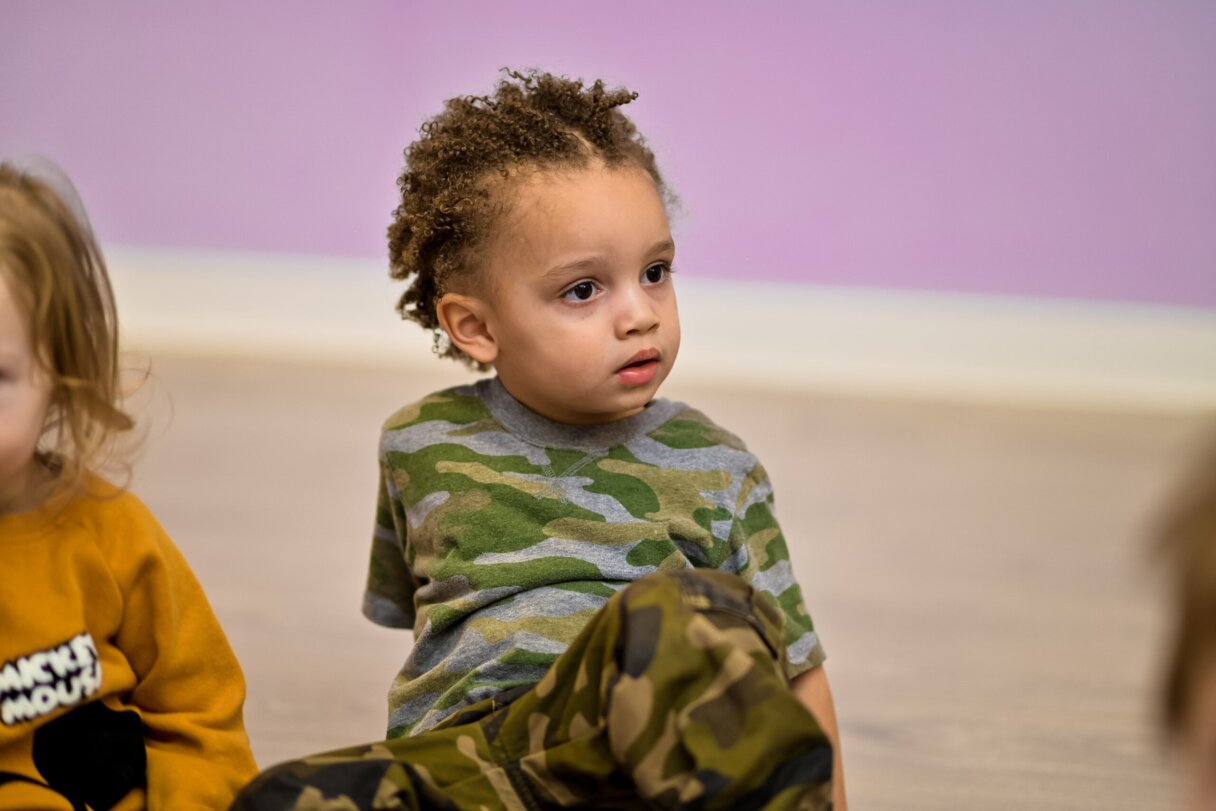
Common Emotional Challenges in Toddlers
Tantrums
Reasons Behind Tantrums
Tantrums are a common part of toddler development, which often happens because a child’s coping mechanisms are still insufficient. A toddler is only just learning to manage frustration, fatigue, and hunger, and still has problems controlling some of their emotions. This is reinforced by the child’s natural need for independence, which puts their undeveloped skills at odds with their desire to control their environment.
Interpreting Tantrums
Since tantrums are often regarded as something the child “just does”, it can be beneficial to think of them as a child trying to make a statement or take control. Instead of trying to calm the child, it may be useful to focus on trying to understand what they are trying to say or what they want that they are not getting.
Sadness
Signs of Sadness
The toddler may not always look sad if other less toxic feelings, such as disgust or anger, are present. The toddler may be more or less active than usual, withdraw from play, eat and sleep less or more, or become clingy.
Triggers
Common triggers are major changes in the toddler’s world, such as starting at the daycare, moving to a new house, or a new baby arriving. It can also be a minor event, such as losing a favorite toy or failing to carry out a task.
Anxiety
Common Causes of Anxiety
Separation from parents can cause toddlers to develop anxiety about leaving their parents. Some of the toddler anxiety triggers can also be caused by strangers, large animals, loud noises, and insecure situations. Some toddlers may also develop anxiety due to situational changes, such as parents’ relationship issues that create a stressful family environment.
Expression of Anxiety in Toddlers
Unlike older toddlers, young toddlers are not able to express their fears and may show their fear through physical symptoms. Some of the symptoms of toddler anxiety can include stomachaches, headaches, changes in behavior, such as regression in toilet training, and disrupted sleep. Other non-verbal signs of toddler anxiety can include becoming unusually quiet, withdrawn, and clingy to parents.
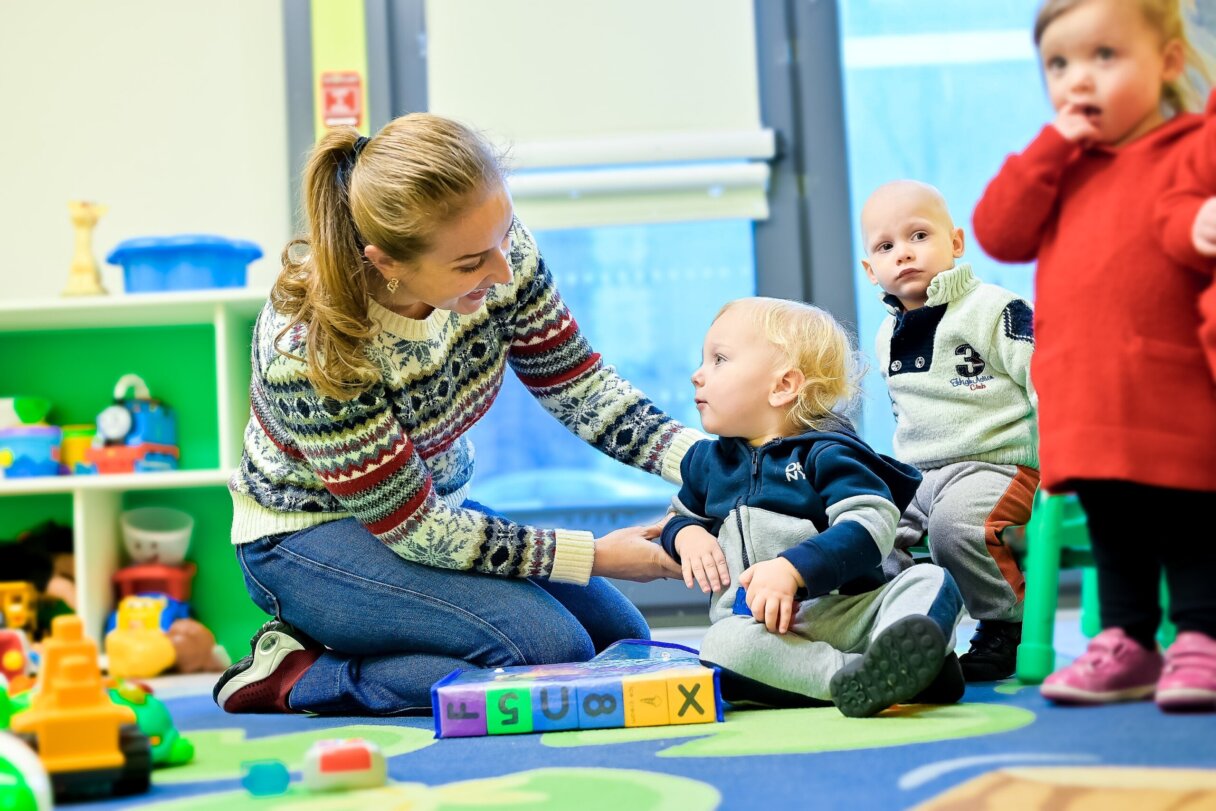
How to Help Toddlers Regulate Emotions
Emotional Coaching Techniques
- Identifying Emotions – teach toddlers to identify and name their emotions. Use simple language and visual aids, e.g., emotion cards or facial expressions, so they can recognize what they are feeling.
- Expressing Emotions Healthily – encourage toddlers to express their emotions through words, art, or play. For example, if a child is feeling angry, they could be taught to say “I am angry” or to channel their anger into a drawing.
- Validating Feelings – show understanding and empathy towards their emotions. Validation could be simple, e.g. telling the child, “I see you’re sad the toy you wanted is gone.”
Environment and Routine
- Consistent Routine: A predictable daily life benefits toddlers since they avoid a sense of uncertainty. Thus, bedtime, mealtime, and playtime should be consistent and help the child reduce the number of emotional meltdowns.
- Safe Environment: Caregivers could also create a supportive setting at home where the toddler can retire in case they feel overstimulated. The best solution is to install numerous cushions and soft blankets with some of their favorite toys and books.
- Modeling Emotional Regulation: Finally, parents and caretakers need to demonstrate how to remain calm and composed. They must show how they can control their feelings, take a deep breath, or call a time-out.
Activities to Aid Emotional Development
- Emotion Matching Games – Use games that involve matching facial expressions with the corresponding emotion names to teach toddlers about different feelings.
- Story Telling and Role-play – Use stories or even puppets to act out scenarios that might create different emotions. Use the puppets or ask the toddler to pretend how they could feel and what they could possibly do in the described situation.
- Music and Movement – Integrate songs and dances into your days that reflect different feelings. Music can modulate mood and can be a fun way for your toddler to explore feelings.
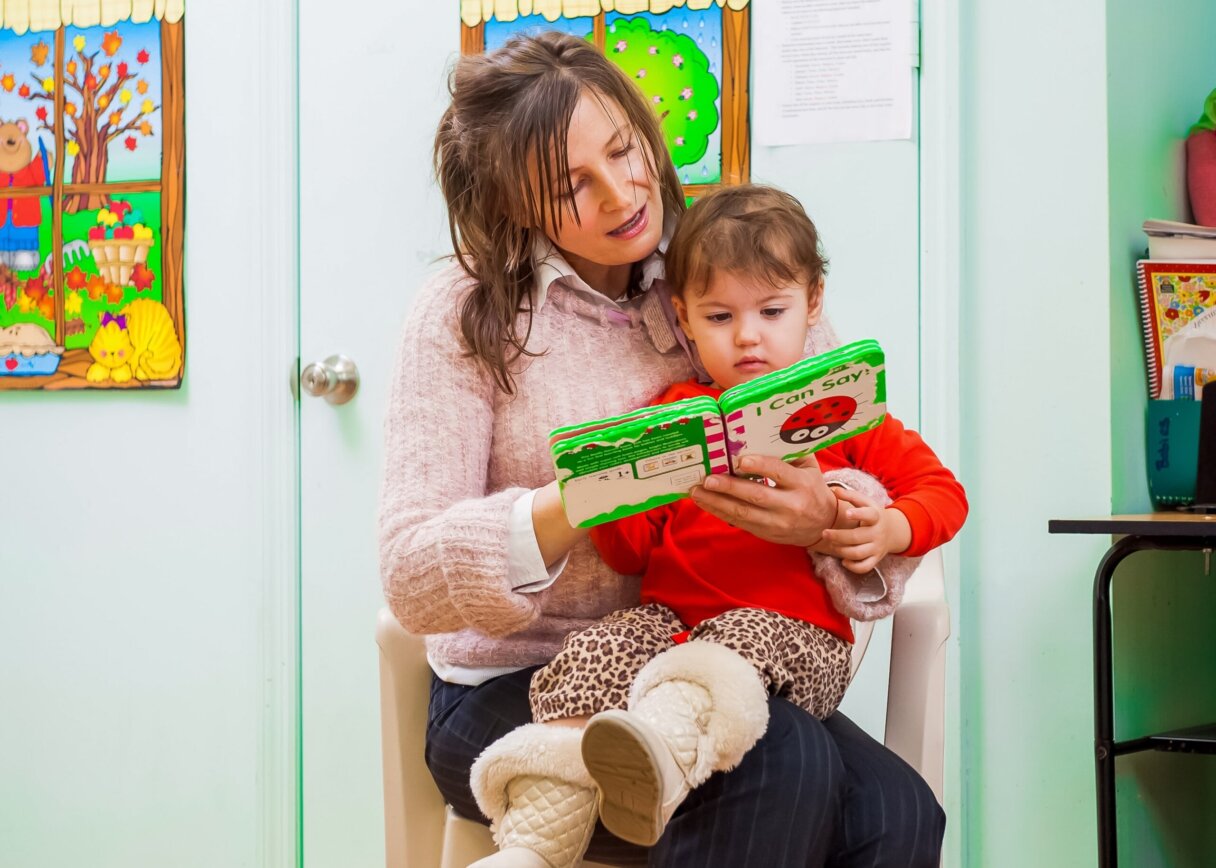
The Role of Books in Emotional Development
Top Books on Toddler Emotions
- “The Color Monster” by Anna Llenas: This book uses colors to represent different feelings, helping toddlers connect their emotions with visual cues.
- “In My Heart: A Book of Feelings” by Jo Witek: A playful exploration of emotions, this book describes feelings using metaphors and similes that engage young minds.
- “The Feelings Book” by Todd Parr: With simple illustrations and clear language, this book encourages toddlers to identify and accept a range of emotions.
- “When Sophie Gets Angry — Really, Really Angry” by Molly Bang: This story helps toddlers understand anger and provides them with a relatable scenario of dealing with intense emotions.
- “Calm Down Time” by Elizabeth Verdick: A great tool for teaching toddlers simple techniques for calming down when emotions become overwhelming.
How to Use Books to Teach About Emotions
- It is necessary to choose books that show toddler-appropriate situations, such as playing with friends, going to bed etc.
- The books should have interesting pictures, helping the toddlers visualize and understand the feelings better.
- The books can have flaps to lift or interesting textures to feel on the page, making the learning process interactive.
Incorporating Reading into Emotional Learning:
- Routine Reading Times: These are calming, reassuring books that can be woven into a toddler’s daily routine, such as reading before going to sleep or reading after the toddler has been fed and is in a content mood.
- Discuss the Story: After the reading is over, let the toddler know what the story is about and ask them questions such as, “How do you think the little girl felt?” or “If you were in the situation, what would you do?”
- Emotion Role-Playing: Encourage the little ones to act out the mood presented in the article. In order for toddlers to understand emotions, they must learn to express them.
- Crafts and Drawing: Check into the handbook’s thicket to see if it extends the benefits of a coloring or craft activity to help the toddler create what they have learned in the lesson about emotions.
Addressing Challenges in Emotional Regulation
The Signs of Emotional Dysregulation
- Excessive tantrums: For any pathetic things, or when something does not go or function as they expect, foster children throw frequent and vigorous tantrums longer than is common for their age group.
- Sad or withdrawn: If a toddler appears pitiful or withdrawn for a long time, he or she may be having difficulty with his or her emotions.
- Extreme reaction: This could mean acting aggressively or even turning their aggress instinct into gear.
When to Seek Help
If the emotional problems seem severe and keep interfering with the child’s daily life despite the application of regular strategies of emotions regulation, it would be better that parents see a pediatrician or a child psychologist. Early intervention might help address the emotional development problems; to that end, it would be beneficial to see someone specializing in the area of early childhood.
Practical Tips for Day-to-Day Situations
- Stay calm and patient. While dealing with an upset toddler, your balance could help soothe the child. Your voice should remain gentle, and your face should not assume an irritated expression.
- Be consistent with your reactions. If a toddler sees that a fit of rage does not bring out of your mind but an expression of love and care, he will try to throw fewer tantrums.
- Limits should be clear and simple. You should clearly explain to the child that you don’t hit because it hurts. Having established simple rules about what can and cannot be done, you mitigate many unpleasant issues.
- Distraction and response. Sometimes, redirecting the child’s attention is enough to move or change the situation. For example, to go outside or suggest playing with a toy. It is helpful to distract a child who begins to worry that something more interesting is happening.
- Have time-ins instead of time-outs. If the child is overwhelmed and throws tantrums, it is reasonable to come and discuss what happened only after he regains his composure. Sit close to the child and explain that you understand how upset he is because something does not work out for him. It is an excellent way for a child to feel your support. Explaining to the child how to calm down, follow the rules, or share their desires with other means is reasonable.
- Regular checks. Try not to ruin an already upset toddler, but to spend time thinking about how to calm him down. Many tantrums can be avoided with a careful daily regimen of eating, playing, and sleeping. Most often, attacks of nerves happen when a child is hungry, tired or bored.
Conclusion
Managing and understanding toddler emotions are critical components of early childhood development. Throughout this series of explorations, we have discussed the expanding emotional range with toddlers’ transition from infancy. We have also identified common emotional challenges and provided valuable solutions to help children regulate their emotions. Whether that means using emotional coaching or providing a stable environment and routine, each strategy is vital.
As parents, we must be patient and persevere in learning about the emotional needs of our toddlers. Taking the time to adjust our methods can make all the difference in the world. Keep in mind that the goal is not to shield toddlers from negative emotions. Instead, the objective is to teach children to constructively recognize and address these emotions. Using this approach in practice is already beneficial at this point.
The Little Scholars Difference
If you need more resources, support, and information on toddler emotional development, visit Little Scholars Daycare is what you might need. We create our programs to support children and their parents, offering a community and an environment where emotional learning and development are at the forefront.


